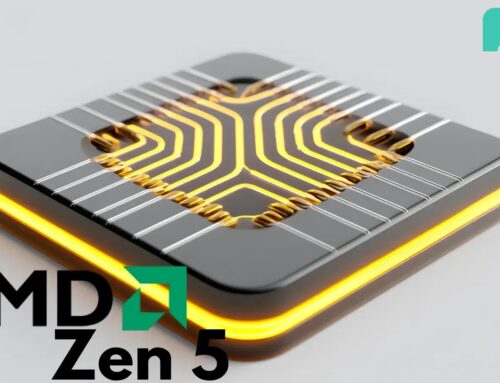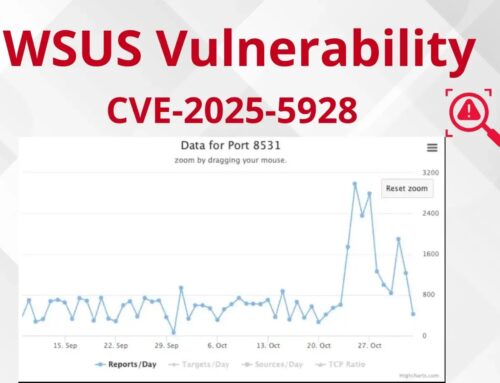
New QUIC-LEAK Vulnerability Let Attackers Exhaust Server Memory and Trigger DoS Attack
A New Threat Emerges: QUIC-LEAK Vulnerability Exposes Servers to DoS Attacks
The digital infrastructure underpinning a significant portion of the internet relies on efficient communication protocols. However, even the most robust systems can harbor critical vulnerabilities. A recent discovery, dubbed “QUIC-LEAK,” reveals a severe flaw in a widely adopted QUIC implementation, putting numerous web servers at risk of debilitating Denial of Service (DoS) attacks.
Understanding the QUIC-LEAK Vulnerability: CVE-2025-54939
The QUIC-LEAK vulnerability, formally identified as CVE-2025-54939, represents a pre-handshake vulnerability within the LSQUIC QUIC implementation. This critical flaw allows remote attackers to initiate memory exhaustion attacks, leading to server crashes.
What makes this vulnerability particularly concerning is its operational phase. It exploits a weakness during the initial handshake process, meaning attackers can trigger resource exhaustion before full communication is even established. This “pre-handshake” characteristic makes it difficult to filter or mitigate at higher layers of the network stack without proper patches.
Impact and Scope: Who is Affected by QUIC-LEAK?
LSQUIC is the second most widely used QUIC implementation globally. As a direct consequence, the QUIC-LEAK vulnerability potentially impacts over 34% of HTTP/3-enabled websites that rely on LiteSpeed technologies. This extensive reach underscores the critical nature of this vulnerability, as a significant portion of the internet’s traffic could be susceptible to DoS attacks targeting unpatched servers.
A successful exploitation of QUIC-LEAK can lead to:
- Server Instability and Crashes: The primary outcome is the exhaustion of server memory, causing the target server to become unresponsive and crash.
- Service Disruption: For websites and services hosted on affected servers, this translates to significant downtime, loss of revenue, and damage to reputation.
- Resource Consumption: Even if servers don’t immediately crash, attackers can consume significant server resources, degrading performance for legitimate users.
Technical Insights: How the Attack Works
While specific technical details of the exploitation method are often withheld to prevent widespread weaponization, the core mechanism involves manipulating the QUIC handshake process. Attackers likely send malformed or excessively demanding requests during this early phase, forcing the server to allocate an inordinate amount of memory to handle these requests. Since this occurs pre-handshake, established security measures that rely on authenticated sessions or protocol understanding may not effectively block these initial malicious packets.
Remediation Actions: Securing Your Systems from QUIC-LEAK
Immediate action is paramount to mitigate the risks posed by CVE-2025-54939. System administrators and web developers should prioritize the following steps:
- Patching and Updates: The most critical step is to apply the latest security patches provided by LiteSpeed Technologies or any other vendor utilizing LSQUIC. Ensure your LiteSpeed Web Server, OpenLiteSpeed, or any other related software is updated to the version that addresses this vulnerability.
- Monitor for Abnormal Resource Usage: Implement robust monitoring solutions for server memory usage, CPU load, and network traffic. Anomalous spikes during periods of low legitimate traffic could indicate an ongoing DoS attempt.
- Implement Rate Limiting (if applicable): While pre-handshake vulnerabilities can bypass some traditional rate limits, network-level rate limiting on connection attempts can help some extent. Review your load balancer and firewall configurations.
- Review QUIC Configuration: Understand your current QUIC implementation and its configuration. Ensure that any default settings that could inadvertently exacerbate memory allocation issues are optimized for security and performance.
Tools for Detection and Mitigation
While specific tools for detecting this particular pre-handshake vulnerability may be limited until widespread scanner updates, general security practices and monitoring tools remain crucial.
| Tool Name | Purpose | Link |
|---|---|---|
| Operating System / Server Monitoring Tools (e.g., cPanel, DataDog, Prometheus) | General server health monitoring for memory, CPU, and network usage anomalies. | DataDog (example) |
| Web Application Firewalls (WAFs) | While WAFs often operate at higher layers, some advanced WAFs can detect and mitigate certain connection-level DoS attacks. | Cloudflare WAF (example) |
| Network Intrusion Detection/Prevention Systems (NIDS/NIPS) | Can potentially detect unusual traffic patterns targeting QUIC ports or suspicious connection attempts. | Suricata (example) |
| Vendor Update Systems | Staying informed about and applying vendor-provided patches is the primary mitigation. | (Specific to LiteSpeed, check official LiteSpeed website) |
Key Takeaways and Ongoing Vigilance
The QUIC-LEAK vulnerability (CVE-2025-54939) highlights the ongoing challenge of securing rapidly evolving internet protocols. Its pre-handshake nature makes it particularly insidious, underscoring the need for immediate patching and vigilant monitoring.
Organizations leveraging LiteSpeed technologies, especially those with HTTP/3 enabled, must prioritize updating their systems without delay. Beyond immediate remediation, maintaining a proactive security posture, including regular vulnerability assessments and comprehensive monitoring, is essential to defend against current and future threats.





